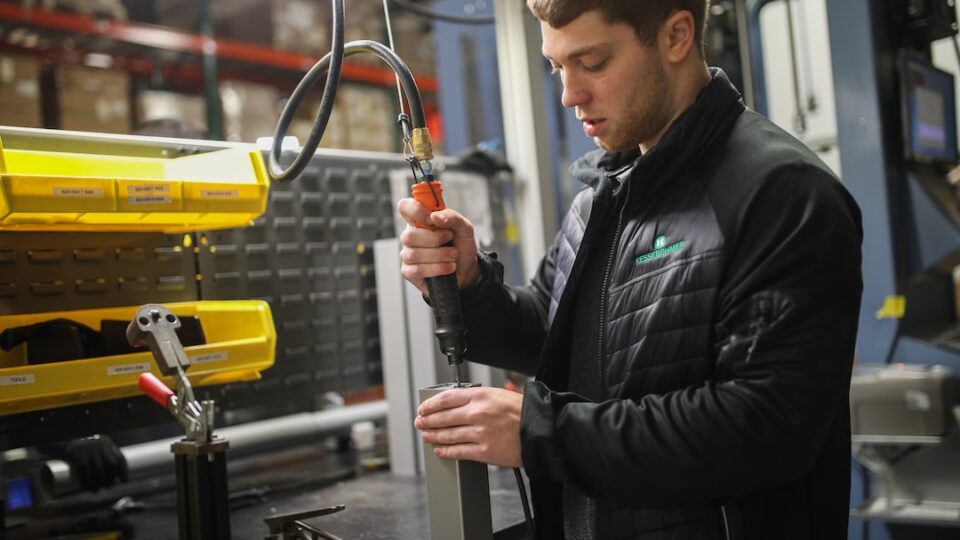The Importance of Human-Machine Collaboration in Smart Factories
Over the past few decades, we have witnessed significant advancements in technology that have transformed the manufacturing industry. Traditional factories have evolved into highly automated and intelligent environments known as smart factories. These factories are characterized by the extensive use of machines and robotics, which have led to increased productivity and efficiency. However, amidst all these breakthroughs, it is crucial not to overlook the importance of human-machine collaboration in these smart factories.
While machines and robotics have undoubtedly revolutionized manufacturing processes, they lack the cognitive abilities and adaptability of humans. Humans possess critical thinking, decision-making, and problem-solving skills that are essential in a dynamic and complex environment like a factory. By combining the strengths of both humans and machines, smart factories can achieve optimal performance levels.
One of the key benefits of human-machine collaboration is the ability to leverage the creativity and innovation that humans bring to the table. Machines are great at performing repetitive tasks with precision and accuracy, but they lack the capacity to think outside the box and come up with new ideas. Humans, on the other hand, possess the capability to think critically and find innovative solutions to challenges that arise in the manufacturing process. By working together, humans and machines can generate novel ideas and drive continuous improvement in smart factories.
Another advantage of human-machine collaboration is the ability to adapt to changing conditions. In a factory setting, unforeseen circumstances or disruptions can occur at any time – whether it’s a machine breakdown, a sudden change in customer demand, or a supply chain disruption. While machines may be programmed to handle predefined scenarios, they often struggle in dealing with unplanned events. Humans, however, possess the ability to assess situations, make quick decisions, and adjust accordingly. Their adaptability ensures that the production process continues to run smoothly, minimizing downtime and maximizing efficiency.
Furthermore, human-machine collaboration fosters a safer working environment for employees. Machines, despite their advancements, can still pose risks to human workers. The collaboration between humans and machines allows for a comprehensive assessment of potential hazards and the implementation of necessary safety measures. Humans can identify risks that machines might overlook, proactively prevent accidents, and ensure the well-being of the workforce.
In conclusion, while smart factories are undoubtedly transforming the manufacturing industry, it is essential to recognize the importance of human-machine collaboration. By combining the unique strengths of humans and machines, smart factories can achieve higher levels of productivity, efficiency, innovation, and safety. Rather than perceiving machines as a threat to human employment, we should view them as tools that enhance our capabilities and allow us to reach new heights in the manufacturing world. The collaboration between humans and machines is a symbiotic relationship that will shape the future of smart factories and revolutionize the way we manufacture products.

